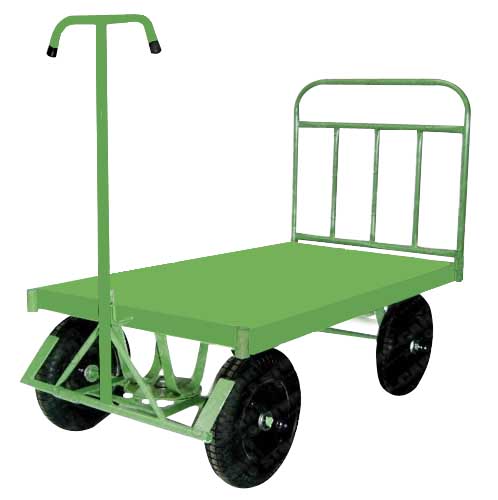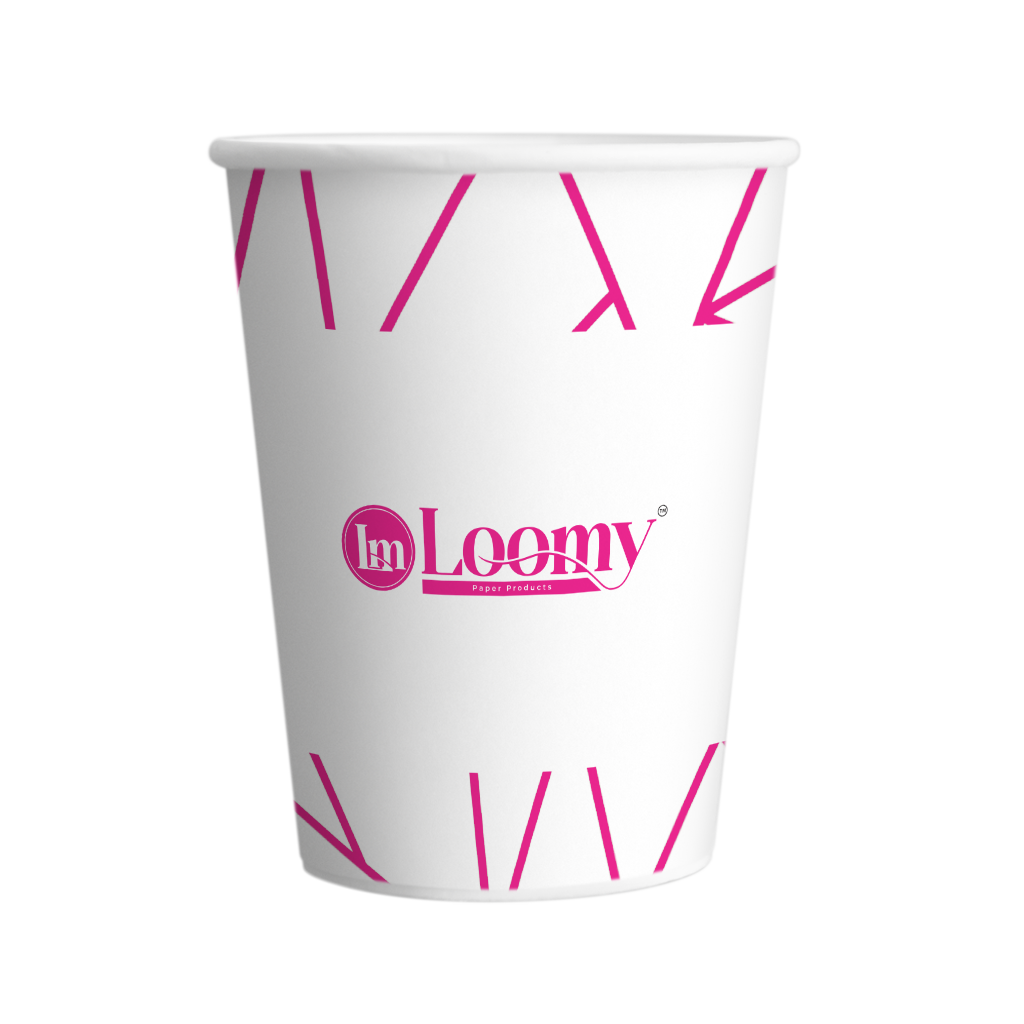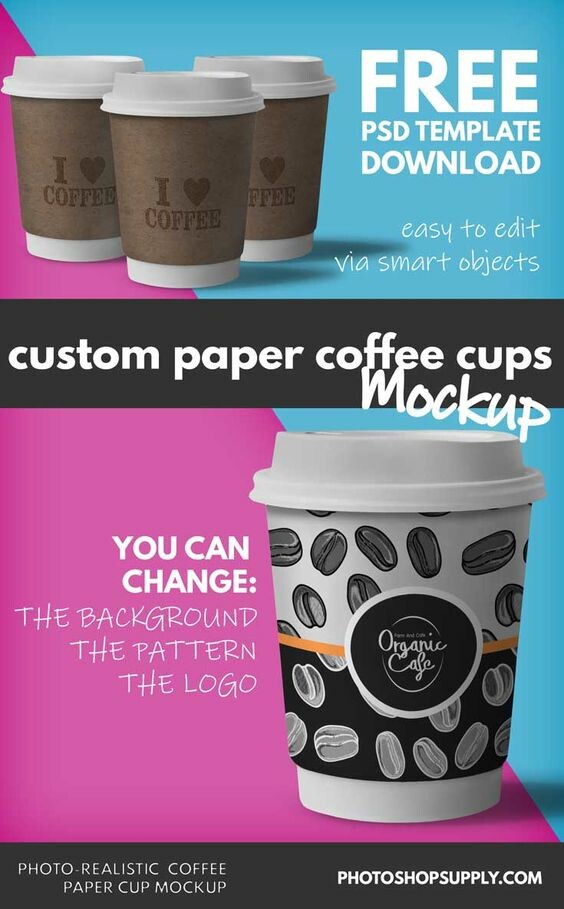Table Of Content
With the advent of the web, information designers with experience in interactive tools are increasingly used to illustrate the background to news stories. Information design can include Data and information visualization, which involves using programs to interpret and form data into a visually compelling presentation, and can be tied in with information graphics. Although the term “graphic design” has only been around since the 1920s, the art form itself has been an important part of visual communication for thousands of years.
What is graphic design? A definition and examples
White or negative space is crucial in design because it enhances readability for the human eye. Good designs will utilize space to give other elements room to breathe. It is important for an art director to work closely with the client or employer in order to create a finished project that not only meets the desired goals and overall design but the budget too.
Are rebrands starting to look the same? The challenges defining commercial design - It's Nice That
Are rebrands starting to look the same? The challenges defining commercial design.
Posted: Tue, 12 Sep 2023 07:00:00 GMT [source]
The Golden Ratio - Principles of form and layout
Though a classical idea, the golden ratio and simplified versions of it are still used in graphic design today. One simplified idea of the golden ratio is the Rule of Thirds and it is also defined on this list. Demonstrate your dedication to the graphic design field by showing that you're committed to continuing your education throughout your career. Do extra Certifications and courses, and keep up to date with the latest trends. Graphic design focuses on the appearance of a product, while UX design focuses on the user’s overall experience with the product.
The importance of graphic design in business
They create visual concepts, by hand or using computer software, to communicate ideas that inspire, inform, and captivate consumers. As part of the creative team, they collaborate with artists, copywriters, and marketing managers to develop visual solutions that effectively promote a product or service. As a graphic designer you will create visual concepts, using a variety of techniques to convey messages or create aesthetic effects.
In graphic design, balance is about how you distribute the visual weight of the page. Heavier elements—think textured elements, bigger elements, deeper colours and bold text—are those that stand out more, while lighter elements are less eye-catching. You can balance the page symmetrically (with an even distribution of visual weight), asymmetrically, or radially (with the elements placed in a circular pattern to convey movement). Texture—for example, smooth, furry, silky, or rough (like sandpaper)—relates to how physical objects feel to touch. Graphic designers can convey texture visually, even if the actual surface (or digital image) doesn’t have a physical texture. Texture is used to add depth to a design and make it more interesting visually.
The design process had evolved tremendously with the continuous digitalization in our world today. But just because these processes have changed over the years doesn’t mean designers aren’t still using traditional graphic design tools, like the ol’ pencil and paper. As such, it is a cross-disciplinary collaborative process involving designers, fabricators, city planners, architects, manufacturers and construction teams.

White space, also called negative space, is the blank area surrounding a graphic or text element. Though it is often used to describe a large empty area of a design, it also includes the smaller spaces between text or graphic elements. Typeface refers to a type design and includes all variations of that design. The term typeface is often confused with the term font, which is also defined on this list. In digital design, a swatch is a digital palette of colors and textures.
This has included web design and software design when end user-interactivity is a design consideration of the layout or interface. Graphic design is “the art and practice of planning and projecting ideas and experiences with visual and textual content,” according to the American Institute of Graphic Arts (AIGA®). In simple terms, graphic designers make visuals to communicate certain messages. These visuals can be as simple as a business logo, or as complex as page layouts on a website. Historically, graphic designers worked primarily in print media, but in today's digital world, the field can be very broad.

What is a Graphic Designer?
Part of what makes the question of “What is graphic design” such a broad one is how many different subtypes there are. Good alignment keeps the design organized and the viewer’s eyes engaged. Generally, the design elements are aligned with the top, bottom, sides, and center to create a visual connection. Graphic design principles refer to the best practices designers use in arranging the elements above on the page in a way that is engaging and connects them. To achieve its end goals, graphic design uses essential underlying principles and elements, many of which are equally as important for other disciplines, such as UX design or photography.
Contrast – Contrasting is used to emphasize certain aspects of the design. Using contrast allows you to stress differences between elements, ultimately highlighting the key elements of your design that you want to stand out. In 1849, Henry Cole became one of the major forces in design education in Great Britain, informing the government of the importance of design in his Journal of Design and Manufactures. He organized the Great Exhibition as a celebration of modern industrial technology and Victorian design.
Environmental graphic design is a multidisciplinary practice that combines graphic, architectural, interior, landscape, and industrial design. Typically, these Designers will have a background in graphic design and architecture. They should be familiar with industrial design concepts and architectural plans. They may work on projects such as public transportation navigation, retail store interiors, signage, and office branding. Along with having an excellent eye for design, graphic designers are also praised for being communication experts and visual-thinking problem solvers.
They enjoy the design work and with experience gain earning power through larger, more complex, and higher profile project work. In the corporate environment, you may move through roles like senior graphic designer and graphics design manager. This guide provides an overview of the field and shows you how to break into the industry. Graphic design is the craft of planning and creating visual content to communicate ideas and messages. Graphic design is everywhere you look in the digital age — from billboards to cereal boxes to mobile apps.
In the third lesson, you’ll learn best practices for designing with type and how to effectively use type for communication. We’ll provide you with a basic understanding of the anatomy of type, type classifications, type styles and typographic terms. You’ll also learn practical tips for selecting a typeface, when to mix typefaces and how to talk type with fellow designers.
As with any creative discipline, there is no universal process that all graphic designers follow. However, there are some high-level steps that generally guide a project from brief to completion. Simply put, repetition is the art of using the same design elements repeatedly.
Many variables can make a difference in earnings, including your experience level. This piece of ad content was created by Rasmussen University to support its educational programs. Rasmussen University may not prepare students for all positions featured within this content. Rasmussen University is accredited by the Higher Learning Commission, an institutional accreditation agency recognized by the U.S. A graphic designer needs to be able to use design software like Adobe Photoshop®, Adobe Illustrator® and Adobe InDesign®. Since the best graphic design software is computer-based, they also need to be comfortable using a computer (as opposed to a phone or tablet) to design.









